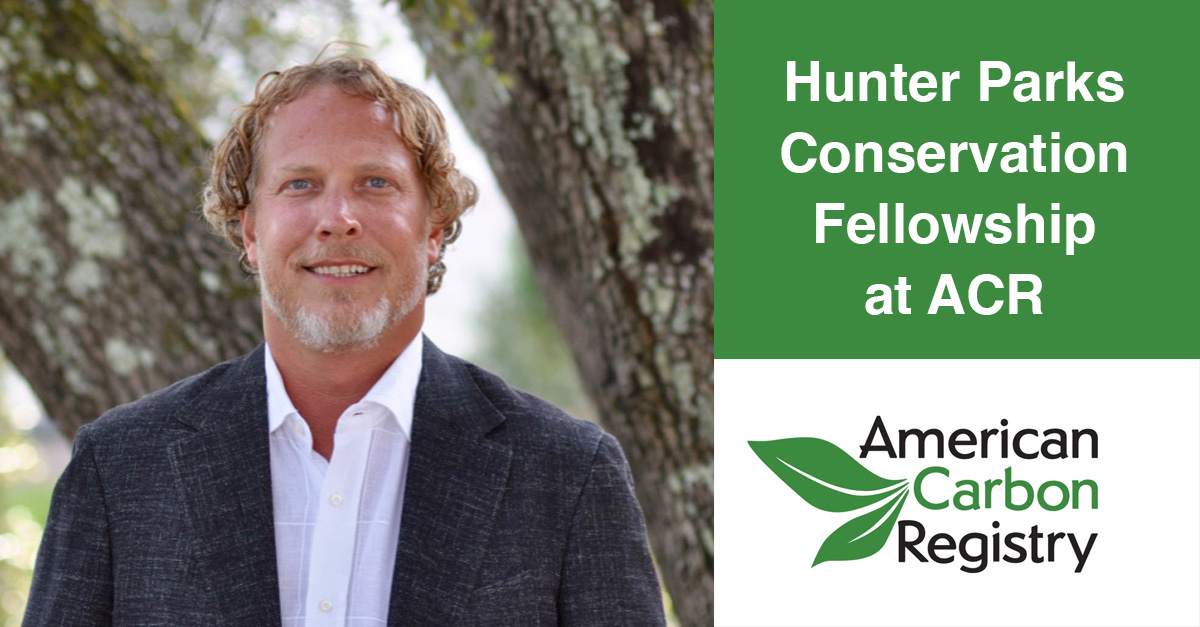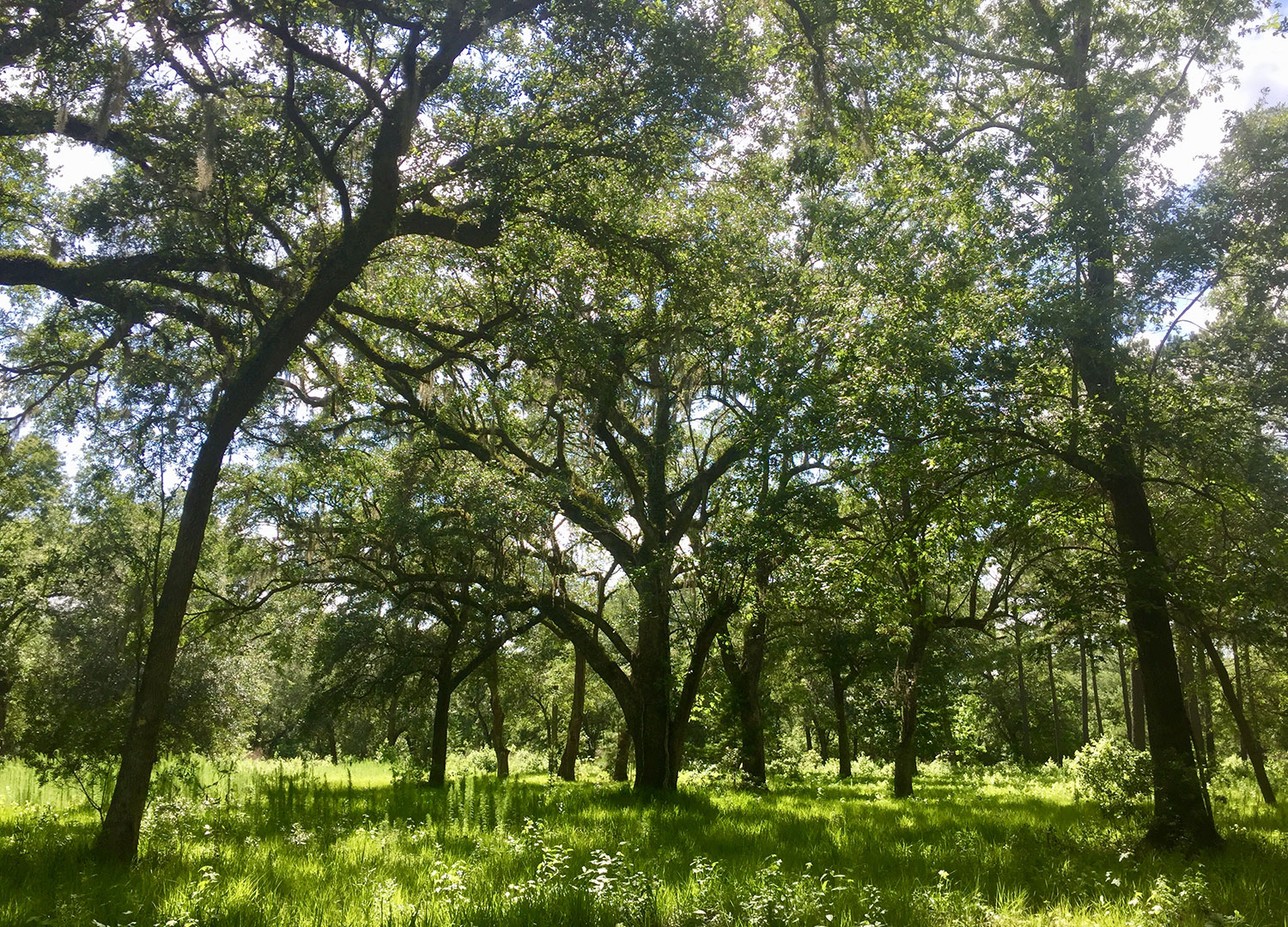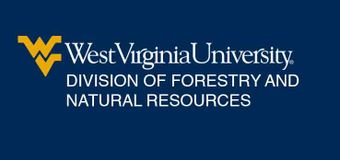RESOURCES
Green Assets News
Application Window Open for the Hunter Parks Conservation Fellowship at ACR
LITTLE ROCK, Arkansas, April 20, 2023 – American Carbon Registry (ACR), a nonprofit enterprise of Winrock International, announces the opening of the application window for candidates for the Hunter Parks Conservation Fellowship at ACR. The Fellowship, established jointly with Green Assets in remembrance of the organizations’ business colleague, founder, and…
ACR Announces Public Comment Period for New Methodology for Avoided Conversion of U.S. Forests
Today, the American Carbon Registry (ACR) announces the launch of the public stakeholder consultation process for a new Methodology for the Quantification, Monitoring, Reporting, and Verification of Greenhouse Gas Emission Reductions and Removals from Avoided Conversion of U.S. Forests to Alternative Land Uses. The methodology was co-authored by Green Assets and ACR.…
Green Assets Opens Morgantown, WV Office
In September 2021, Green Assets, Inc., a leading forest carbon offset development firm, opened a new office location in Morgantown, West Virginia. Located in Morgantown’s historic Wharf District on the 7th floor of the Marina Tower, the new office is just a few minutes’ walk or drive to West Virginia…
Green Assets & WVU Division of Forestry and Natural Resources Launch Professional Engagement & Development Program for Students
Starting in Fall 2021, Green Assets and West Virginia University’s Division of Forestry and Natural Resources launched the ‘Green Assets-WVU Professional Engagement & Development Program’ for engaging with the Division’s top students who are interested in forest carbon, as well as the management of forests throughout the United States for…
Senate introduces bipartisan bill to help farmers, forestry, and reduce air pollution A bill introduced in the Senate on Thursday will improve the agriculture and forestry sectors’ ability to reduce air pollution. The Growing Climate Solutions Act of 2020, led by Senators Debbie Stabenow (D-MI), Mike Braun (R-IN), Sheldon Whitehouse
Atmospheric CO2 reaches peak level at NOAA observatory The level of atmospheric carbon dioxide observed at a government facility in Hawaii reached a new peak in May, scientists from National Atmospheric and Oceanic Administration (NOAA) and the University of California San Diego said Thursday. Last month, that the concentration of carbon dioxide
Forest Service releases state-by-state details on carbon emissions
Forest Service releases state-by-state details on carbon emissions For the first time, the USDA Forest Service has publicized state-by-state statistics on carbon emissions. The report provides an overview of the status and trends of emissions, as well details on forest and urban tree removals, for 49 states across the country. Grant Domke is
$1.1 Billion Raised in Record Breaking Carbon Auction Sellout The California Air Resources Board held another sellout auction in the first quarter of 2020, as all 65.7 million California Carbon Allowances (CCAs) were purchased. Current vintage CCAs reached a settlement price of $17.87, an all-time high and well above
Oregon Revamps Carbon Pricing Proposal for New Legislative Session Today, state representatives in Oregon are convening for the first time this year, which means that Governor Kate Brown has just 35 days to mobilize support for her carbon pricing push before the legislative session ends. This year’s bill to implement an economy-wide cap-and-trade
CARBON MARKETS 101
BASICS:
Carbon Credit = 1 metric ton of carbon dioxide sequestered from the atmosphere.
Forest carbon offset credits (carbon credits) are a natural means to sequester carbon.
Trees store carbon in leaves, limbs, roots, and soil- keeping millions of tons of carbon dioxide from re-entering the atmosphere.
THERE ARE 3 PRIMARY FOREST CARBON PROJECT TYPES
IMPROVED FOREST MANAGEMENT
Activities which result in increased carbon stocks within forests and reduce green house gas emissions from forestry activities when compared to business as usual forestry practices.
AVOIDED CONVERSION
Preventing the loss of existing forests to non-forest to non-forest use by protecting and enhancing the forest.
REFORESTATION
Restoring forest on land that was previously forested.
CARBON MARKETS
COMPLIANCE MARKET
Mandatory systems, regulated by governments in which polluters are required to utilize carbon allowances or carbon offsets to cover their emissions.
Cap and trade systems are the most common frameworks for compliance carbon markets. Regulators set a “cap” on the allowable emissions for covered entities, and the cap declines over time. Companies that significantly lower their emissions are able to sell their excess carbon allowances to larger emitters.
- By law all regulated companies must offset their emissions.
- To date, the California Carbon Market has generated over $43.5 bln in transactions.
- The California Carbon Market is currently the largest in North America.
- Washington state recently implemented a “cap and invest” program, modeled after California’s system.
- Credit buyers are typically regulated entities in cap-and-trade market.
- Projects must be verified by an independent third party, approved carbon registry, then a government regulator.
- Projects typically have a 100+ year commitment.
VOLUNTARY MARKET
Carbon credits are voluntarily purchased by companies as a tool to offset their emissions. Many companies utilize the voluntary carbon market to help reach their Net Zero Goals.
Where carbon credits can be purchased by those that voluntarily want to compensate for their emissions. The Voluntary Carbon Market has experienced tremendous growth over the past 5 years as corporations continue to pursue their net zero initiatives. There are multiple carbon credit exchange platforms emerging in the market that will help facilitate the sale of voluntary carbon credits.
- Green Assets provides landowners with insight to determine if a voluntary forest carbon offset program’s methodology is preferable to California’s compliance market.
- Companies purchase voluntary carbon credits to offset their emissions based on corporate approaches to reach net zero emissions goals.
- Landowners with less than 5,000 acres should consider a Voluntary Carbon Project.
- Green Assets co-authored the Avoided Conversion and Sustainable Management on US Forestland Methodology with ACR.
- This protocol established a methodology for generating voluntary carbon credits through avoided conversion forestry projects.
- Projects must be verified by an independent third party, followed by an approved carbon registry.
- Environmental and social attributes can bring additional value to voluntary offset credits.
THE DIFFERENCE: COMPLIANCE VS. VOLUNTARY
The compliance carbon market is an important tool for Governments to use in achieving their carbon reduction targets, while the voluntary carbon market provides companies and other entities (universities, individuals, NGO’s) with a way to offset their carbon emissions on a voluntary basis.
COMPLIANCE
Accreditation:
Third Pary Verifier
Carbon Registry
Regulatory Review
VOLUNTARY
Accreditation:



